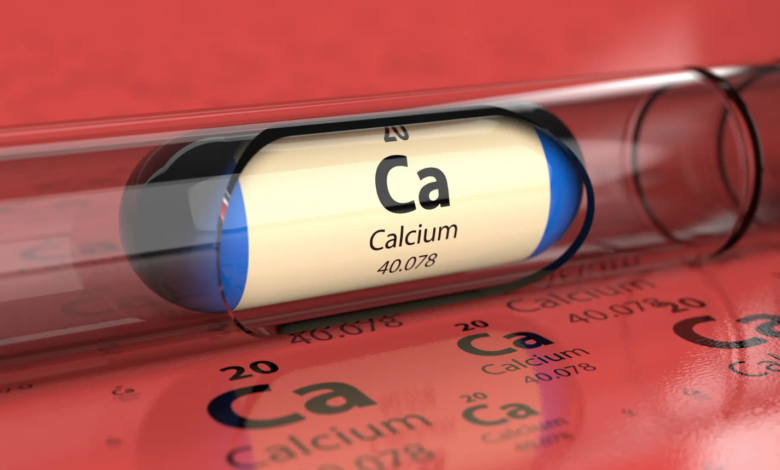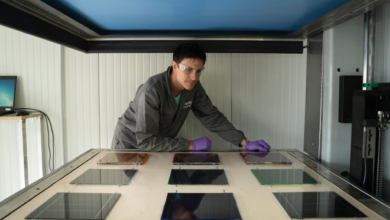Long life for rechargeable calcium batteries
Calcium batteries, what they are and how they work
– Among the alternatives designed to replace rechargeable lithium-ion batteries, calcium batteries have a special place. Thanks to the high energy density, together with the economic and natural abundance of the elements, this electrochemical storage technology offers an interesting research area. But bringing these devices from the lab to the market has proven to be a major challenge. The main problems? Find an efficient electrolyte and cathodic material suitable to promote the reversible accumulation reaction of Ca2+.
A first major breakthrough for calcium batteries occurred in 2021, when researchers at the University of Tohoku, Japan, developed a new electrolyte. The compound in question immediately showed a large window of electrochemical potential and high conductivity. However, long-term operational stability remained a problem.
A new cathode-ray material
The team went back to the recipe to overcome this last challenge. “For our current research, we tested the long-term operation of a metal calcium battery with a composite cathode of copper sulfide (cus) and carbon nanoparticles and a hydride-based electrolyte,” says Kazuaki Kisu, researcher of the Institute for Materials Research (IMR) of the University of Tohoku.
Copper sulfide has useful electrochemical properties – explains the university in a press release – and its layered structure allows it to store a variety of cations, including lithium, sodium and magnesium. It has a theoretical capacity of 560 mAh/g, which is 2.3 times higher than current cathode-ray materials for lithium-ion batteries.
Through special techniques, Kisu and colleagues created a cathode capable of storing large quantities of calcium ions. When used with hydride electrolyte, it leads to the creation of a calcium battery with highly stable cyclic performance. The prototype retained 92% of initial capacity for 500 cycles. The research was published in the journal Advanced Science.






